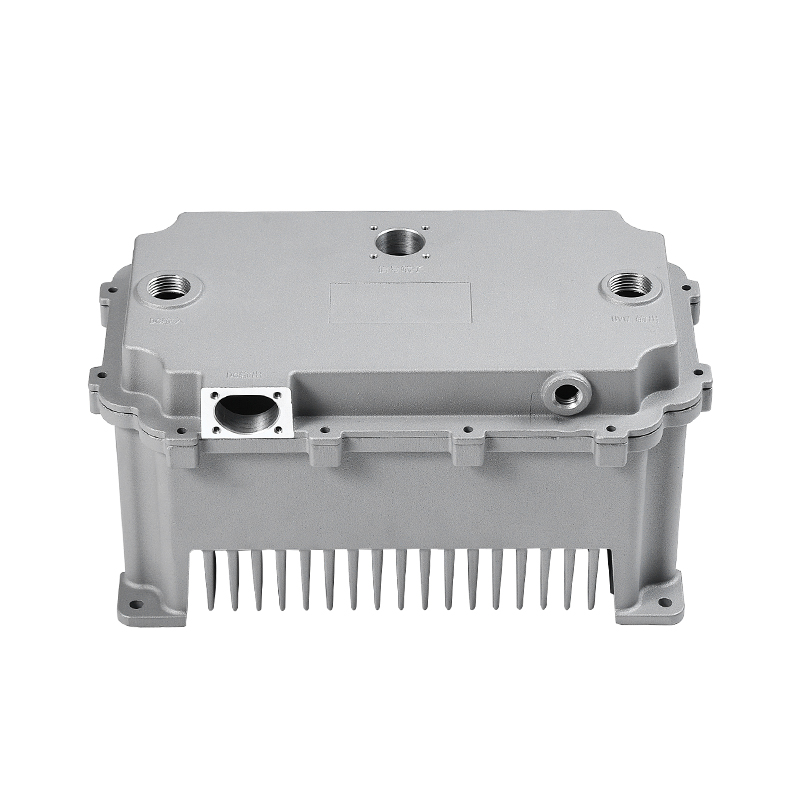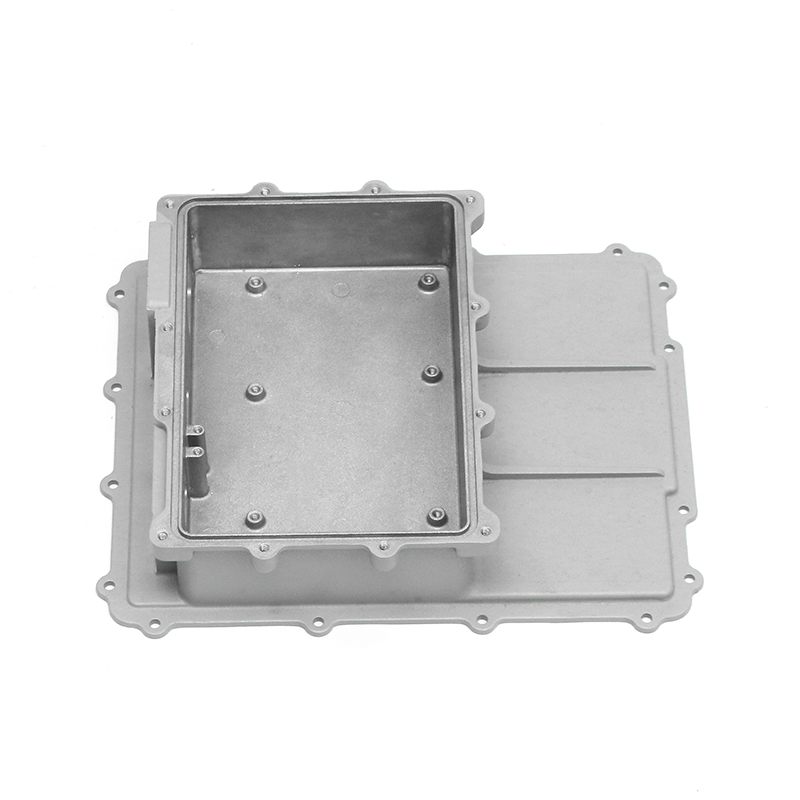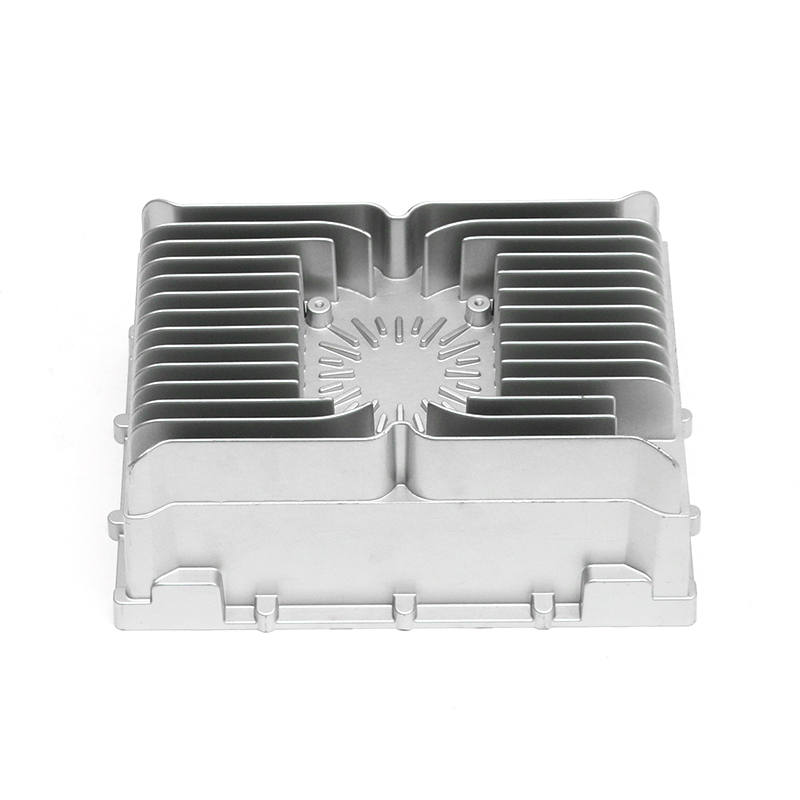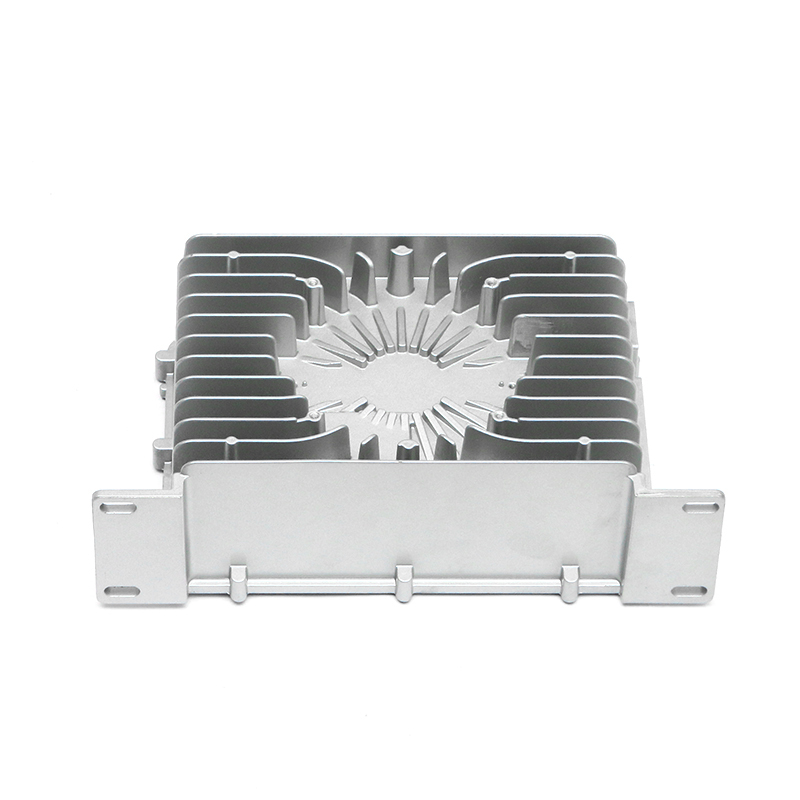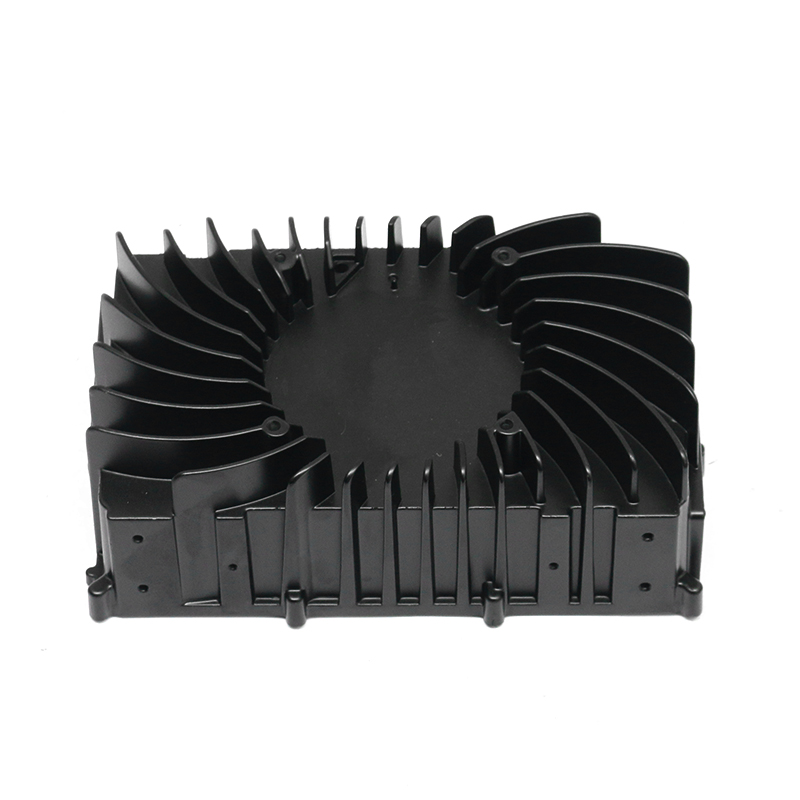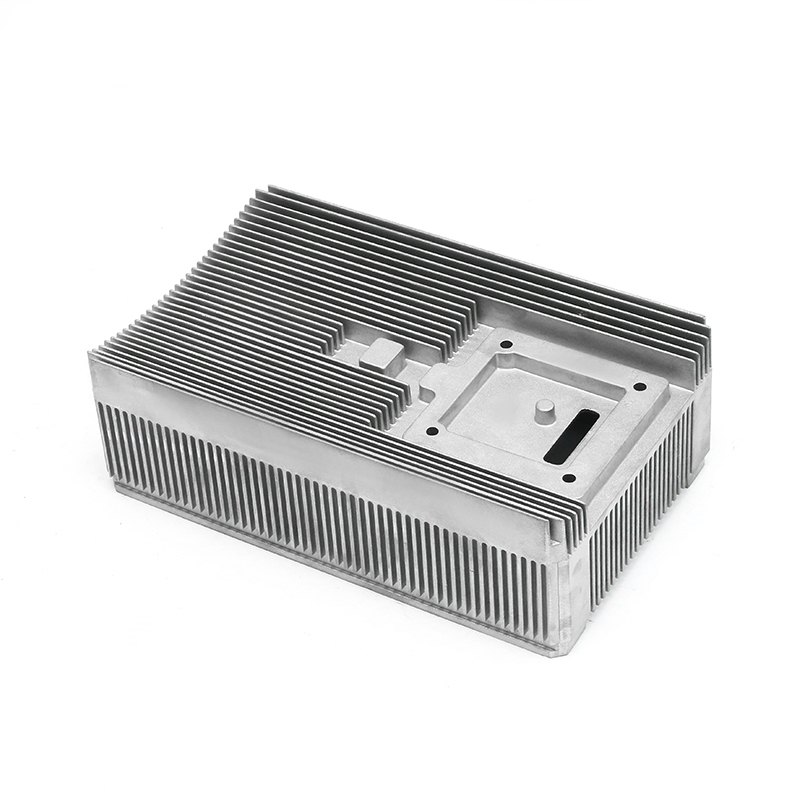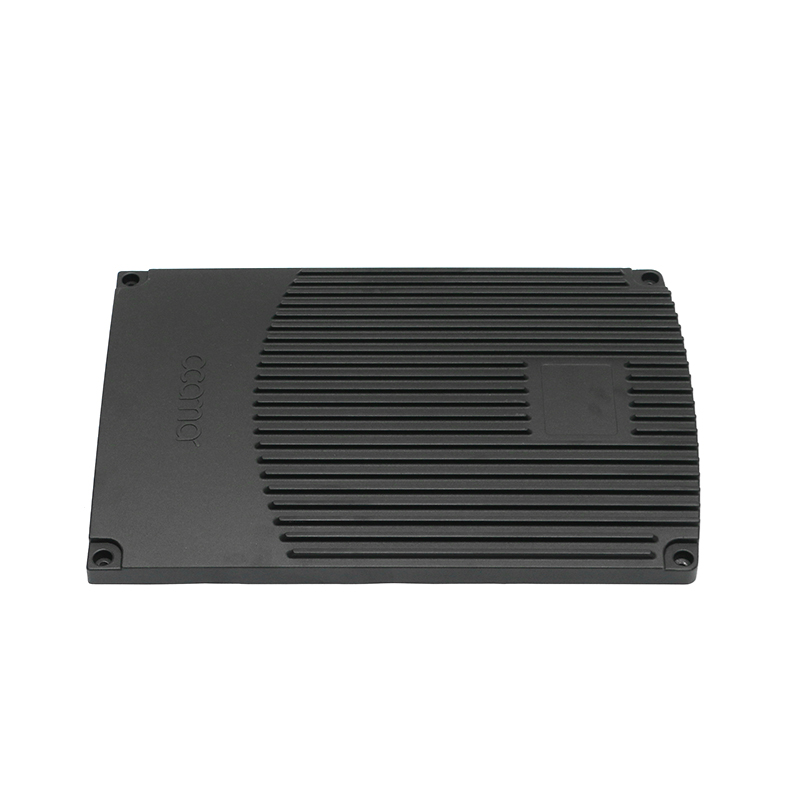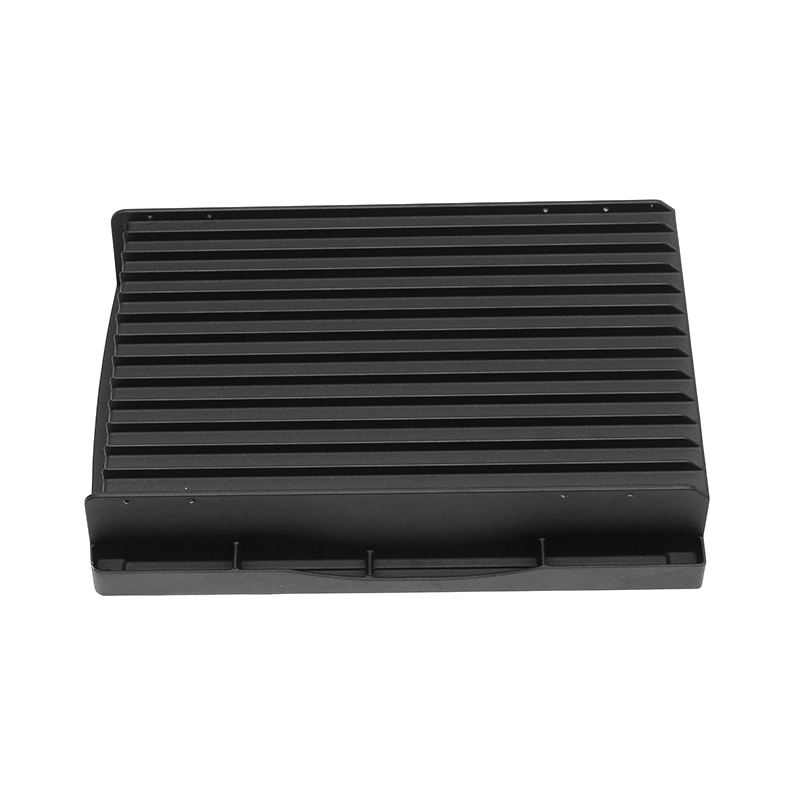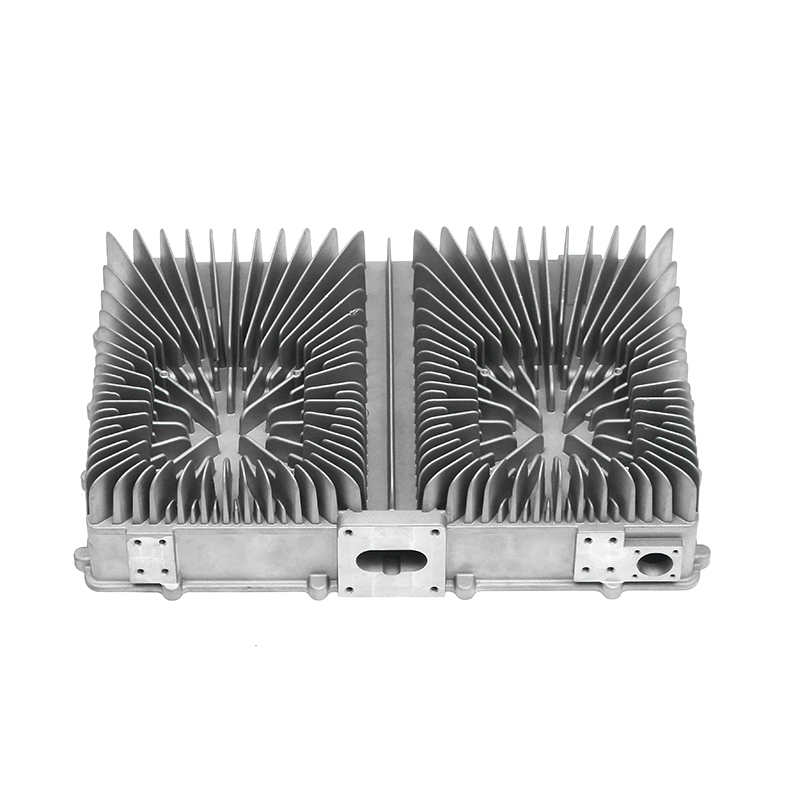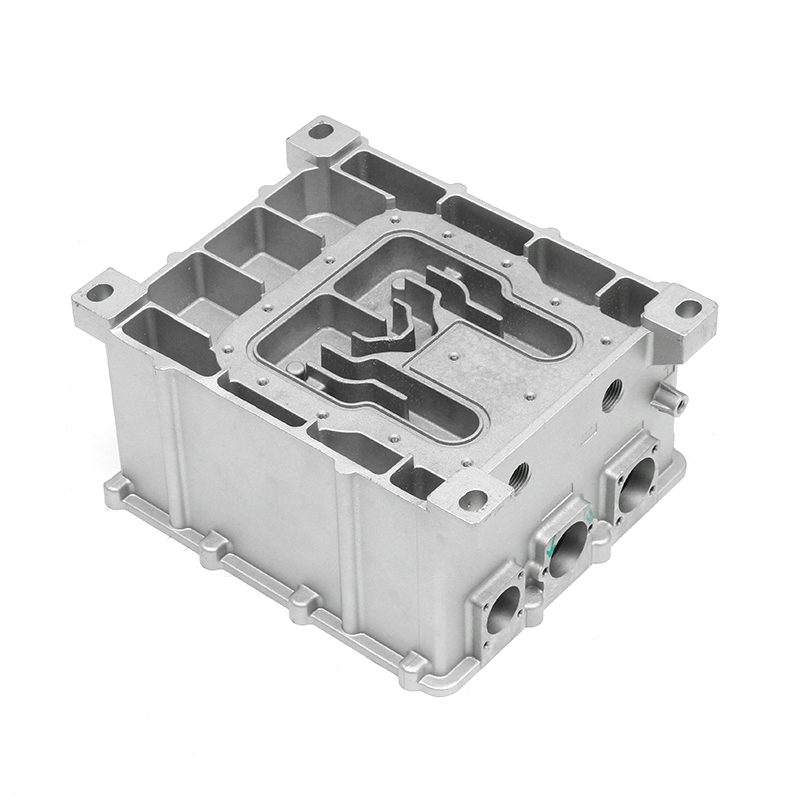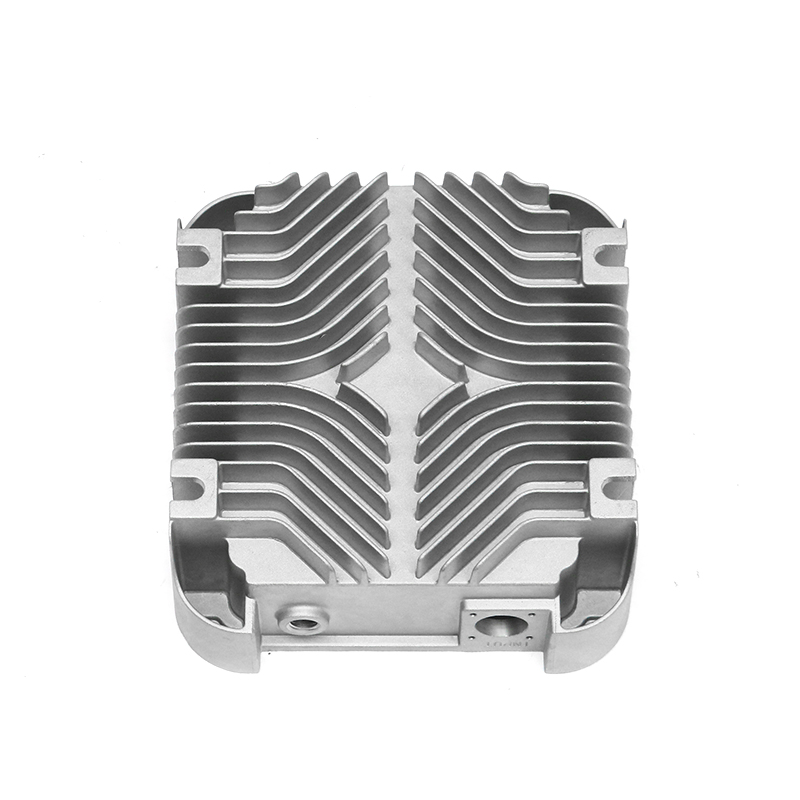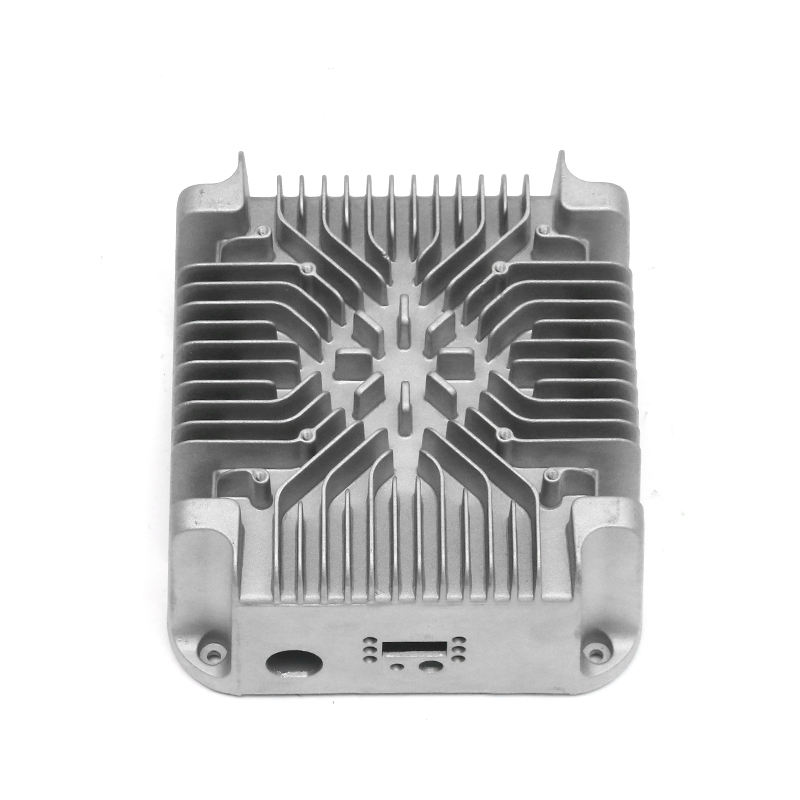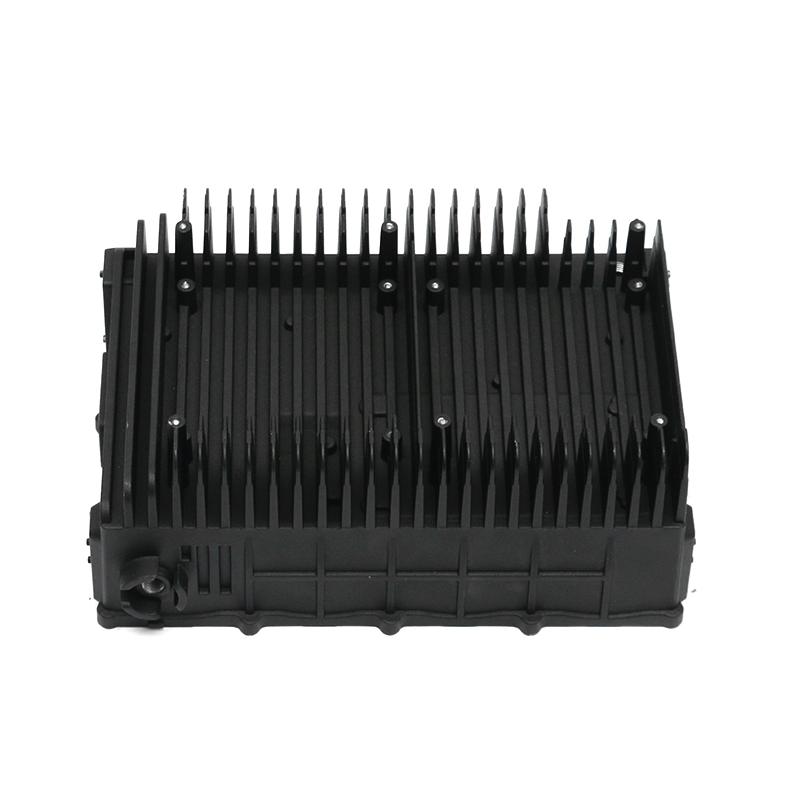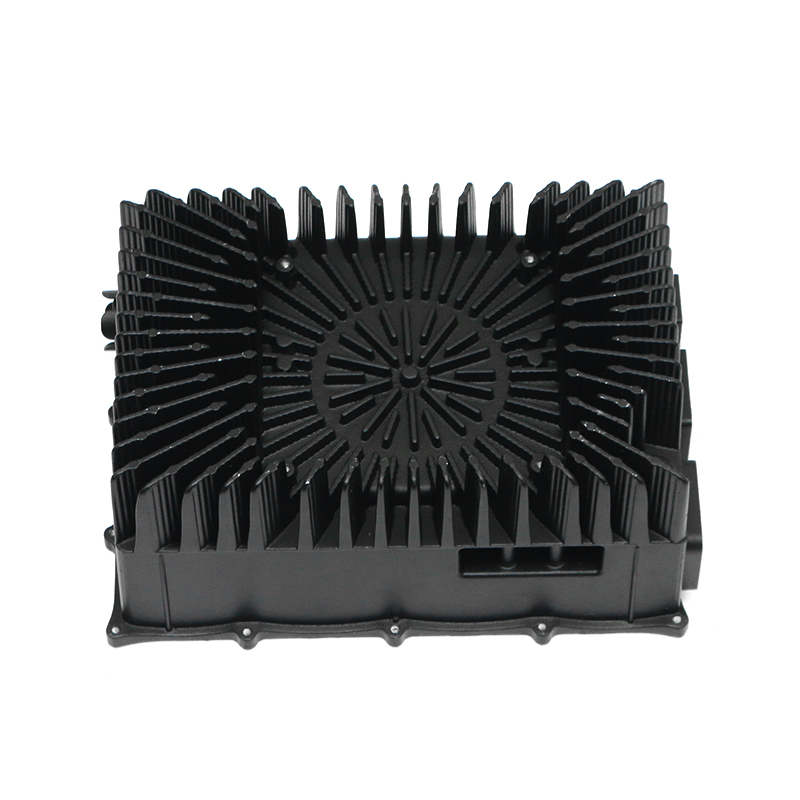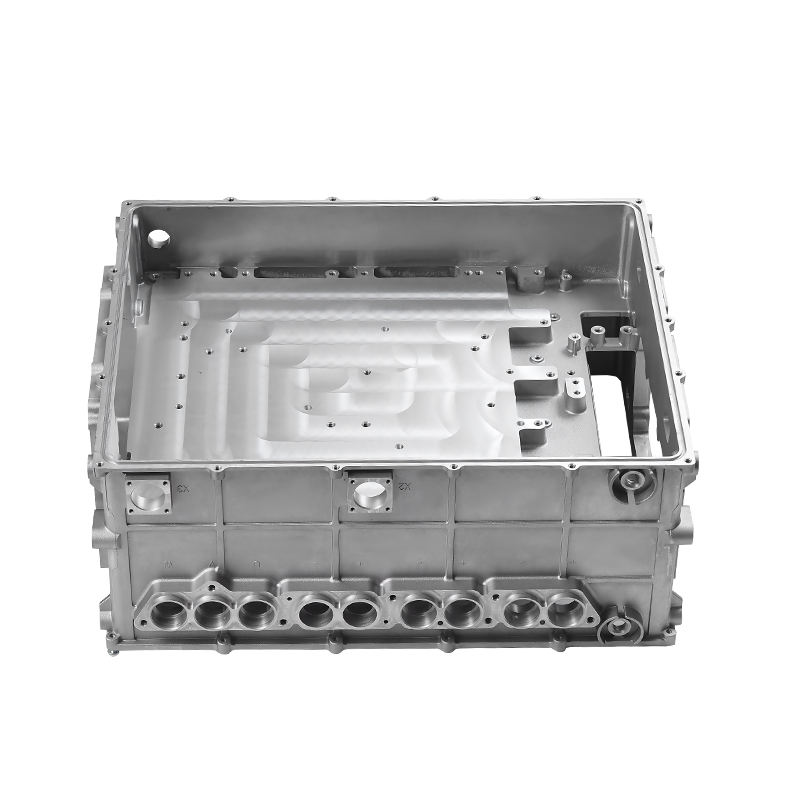High-strength and lightweight materials: New energy motor housing are made of high-strength and lightweight materials such as aluminum alloy, magnesium alloy or composite materials, which can significantly reduce the weight of the casing, thereby reducing the overall mass of the motor and improving the response speed of the power system. and acceleration performance. These materials not only have good mechanical properties, but can also effectively deal with vibration and impact when the motor is running.
Heat-resistant materials: Considering that the motor generates a lot of heat during operation, the housing material also needs to have good heat resistance to ensure that the motor can still operate stably in a high-temperature environment. The application of heat-resistant materials helps extend the life of the motor and improve the reliability and durability of the system.
Optimizing the heat dissipation structure: By rationally designing the heat dissipation structure of the housing, such as adding heat sinks, optimizing the water channel layout, etc., the heat dissipation efficiency of the motor can be effectively improved and the motor temperature can be reduced, thus avoiding performance degradation or damage caused by overheating. Good heat dissipation performance is an important guarantee for the continuous and efficient operation of the motor.
Strengthen the support structure: In view of the mechanical characteristics of the motor during operation, the shell design must fully consider the strengthening of the support structure to reduce vibration and noise and improve the smooth operation of the motor. Strengthening the support structure can also enhance the impact resistance of the housing and protect the internal components of the motor from external damage.
Precision casting technology: Precision casting technology is used to manufacture the motor housing, which can achieve small or no margin processing and improve the dimensional accuracy and surface quality of the housing. This helps reduce assembly errors and improves the overall performance of the motor.
High-pressure casting technology: High-pressure casting technology can quickly fill the mold cavity and solidify with molten metal under high pressure to obtain a dense casting structure. This technology helps reduce defects such as pores and shrinkage, and improves the mechanical properties and durability of the shell.
Recommended Products
Products provided by famous enterprises are deeply trusted by users.
